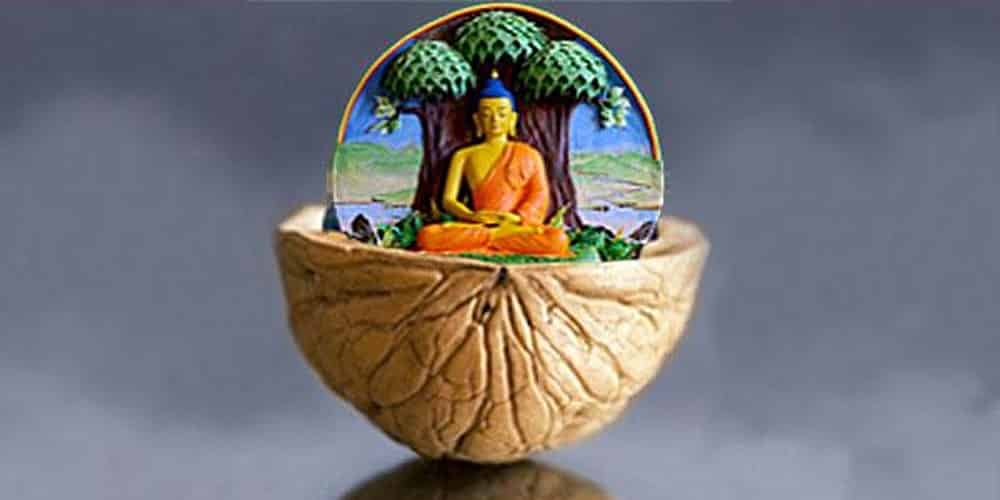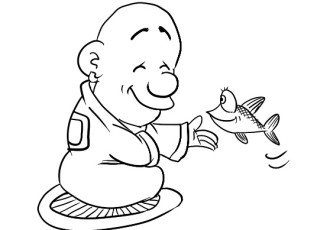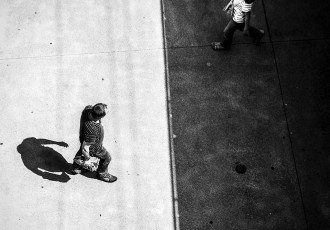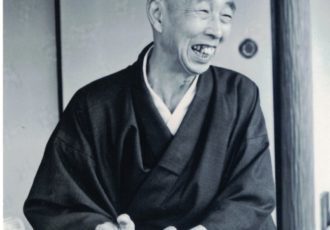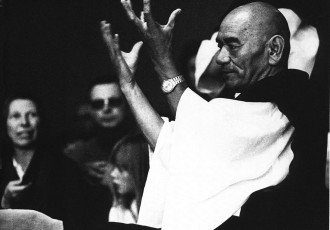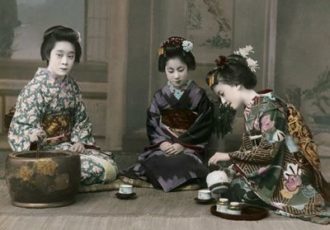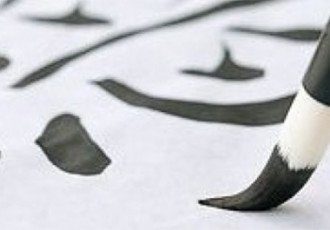Buddhism began in India 2.500 years ago and remains the dominant world religion in the East. There are around 500 million followers of Buddhism worldwide, representing 7% to 8% …
For many people Zen could be anything but fun. However, that’s not the case for Carlos Valencia and Diego Otero … The seventh illustration continues with Master Qianfeng’s story. …
Masters Mondo Stories Zen *by Norman Fischer (originally published at Buddhadharma Magazine – Spring 2014.) From the beginning, Norman Fischer never had much use for … Tenzo Kyokun was compiled …
There are a plethora of things that one might do/see/experience/understand while attending a sesshin. However, I wanted to extract just … Exercises of yoga by Gabriela Sobel zen nun …
There are a plethora of things that one might do/see/experience/understand while attending a sesshin. However, I wanted to extract just … A person who discovers the direction of his …
Mondo Resources The Practice Zen * “During zazen we are observing ourselves. We are observing ourselves subjectively—we are observing ourselves objectively. So when I say, … Half a century …
Nalin Pandya a.k.a. Pan Nalin, a self-taught filmmaker, was born in a remote village in Gujarat, India. He disliked school, … With Little Buddha, Bernardo Bertolucci, the director of …
*Excerpt from the book Opening the Hand of Thought by Kosho Uchiyama Satori and Zen seem to have such an … If you are a poet, you will see …
Etienne Mokusho Zeisler, the treasury of the Great Sangha of master Deshimaru, died on the night of the 7th to the … In this time, in his temple of Hungary, …
Same as last year, Keiko Harada is organizing a Japanese Calligraphy Workshop. Therefore, if you are a calligraphy practitioner or … Keiko Harada is one of the few UK …
